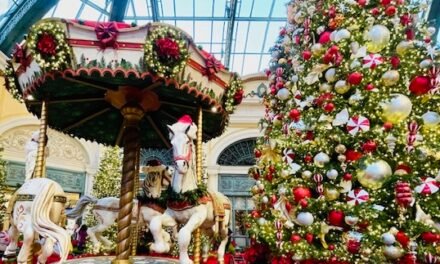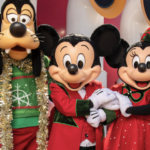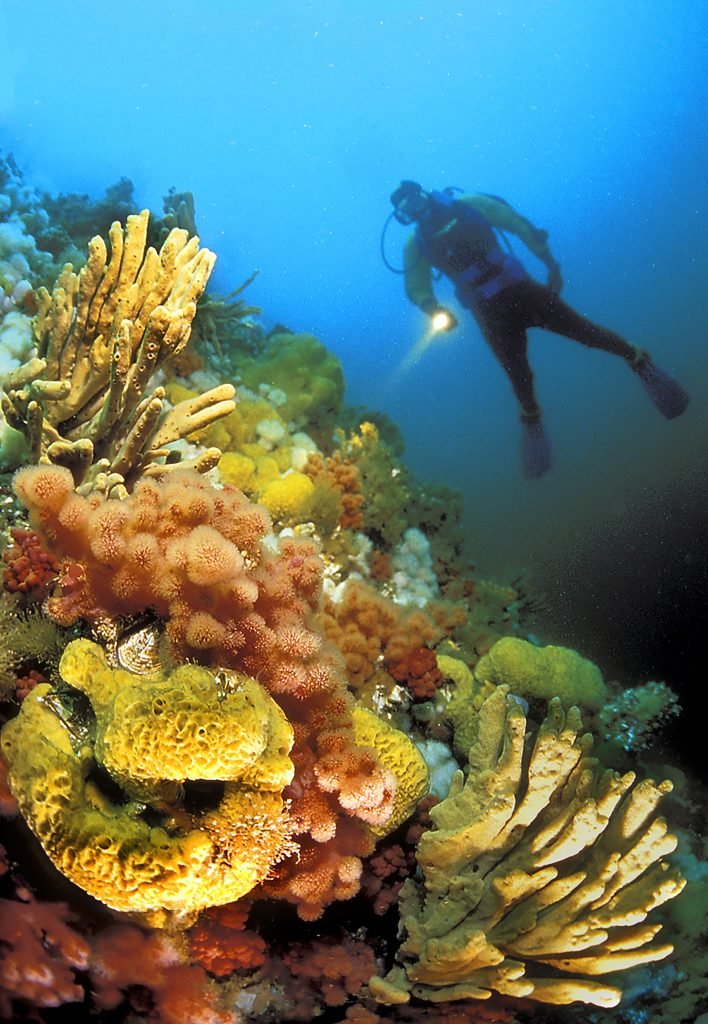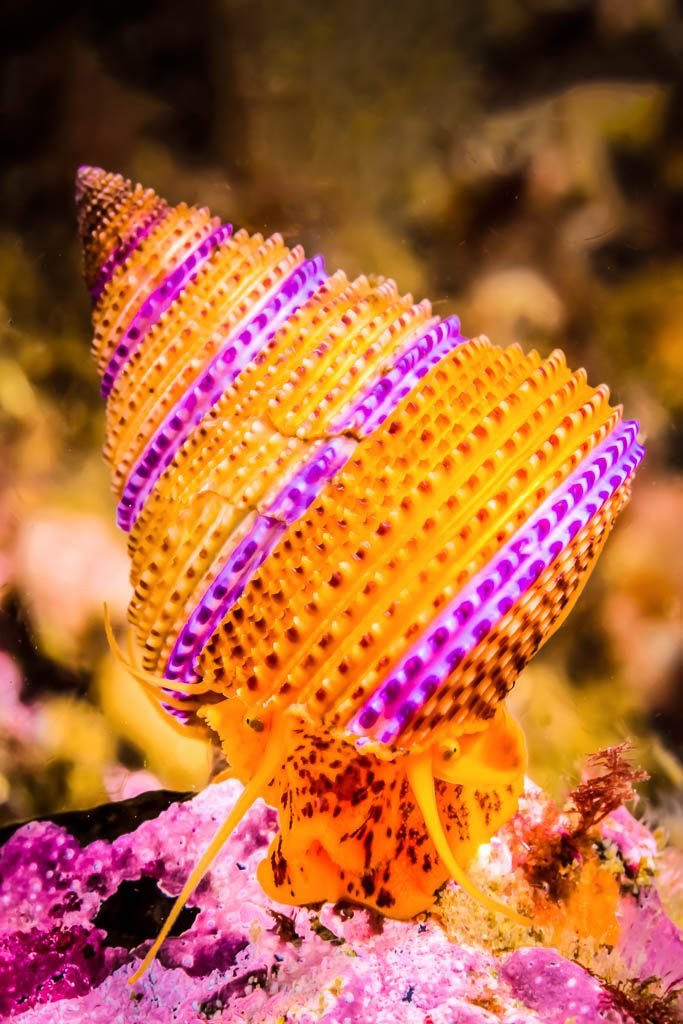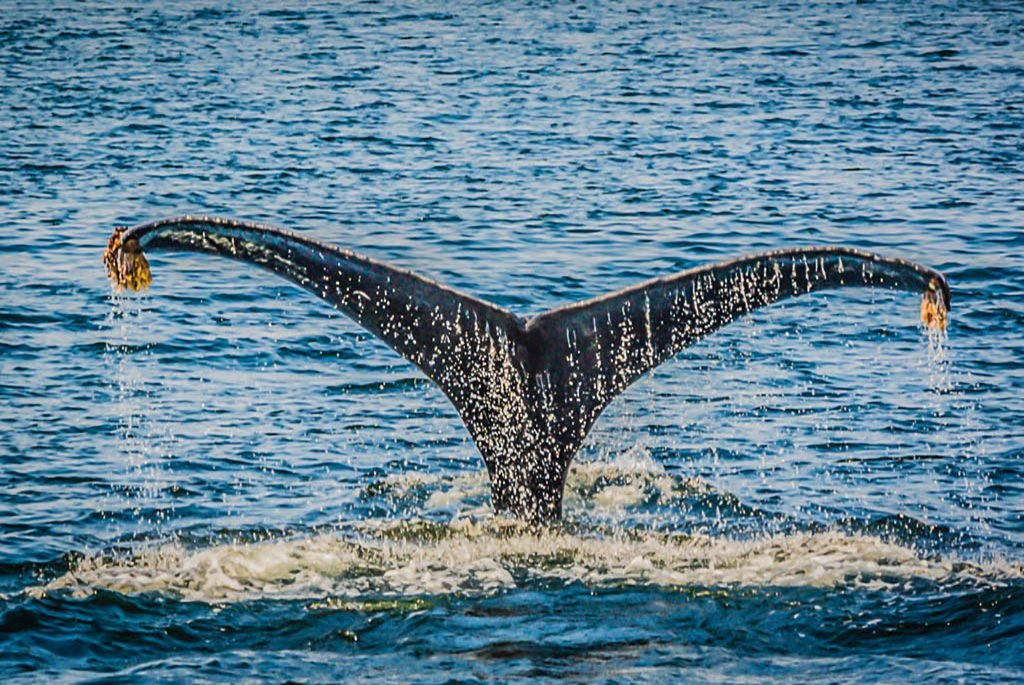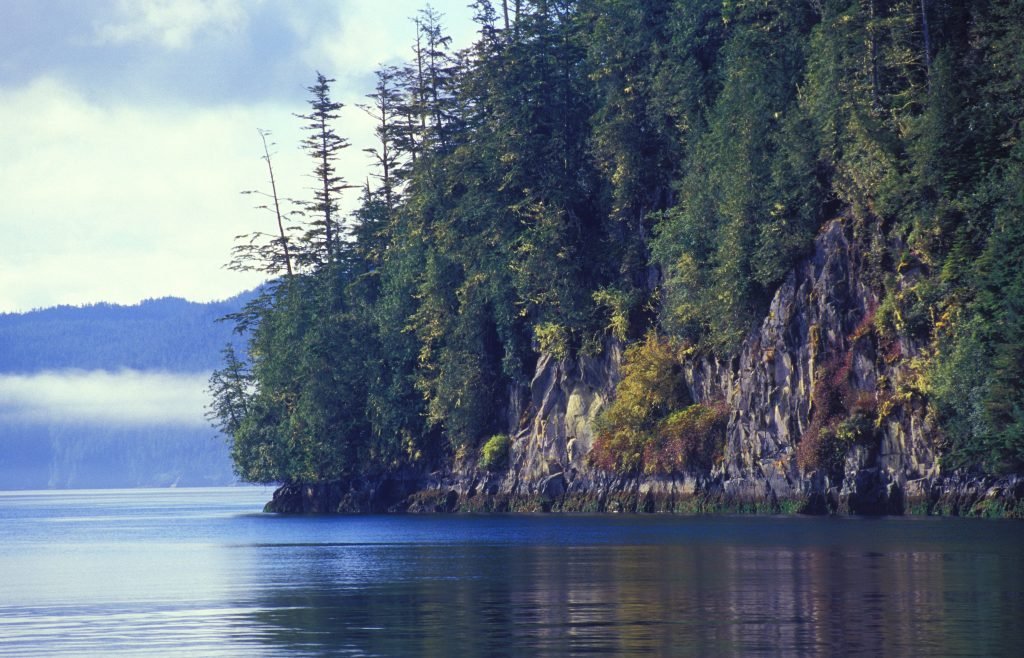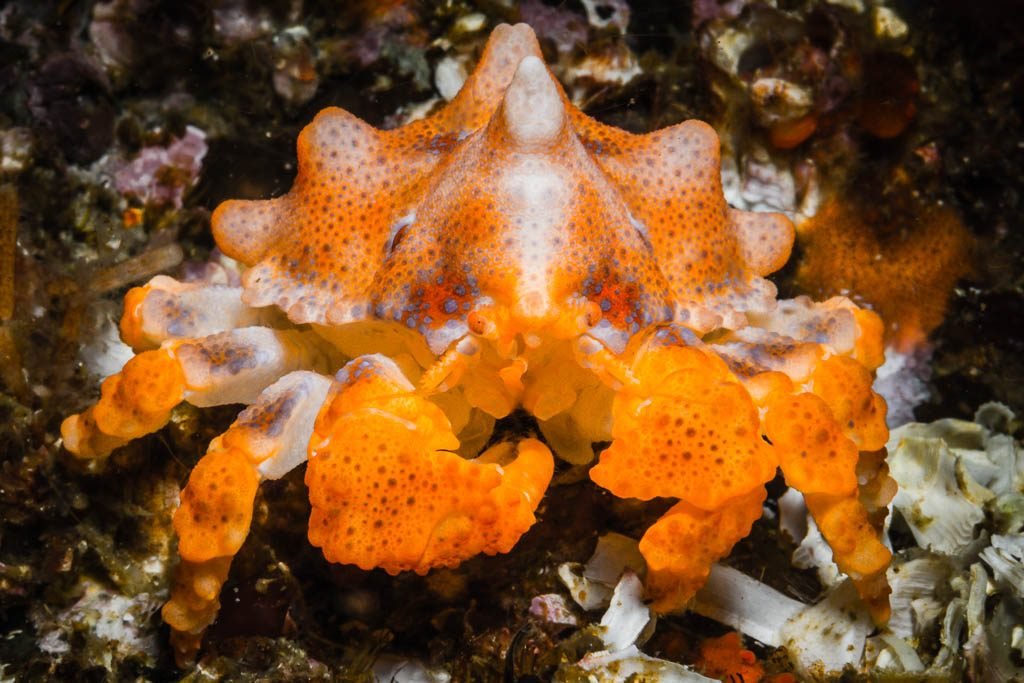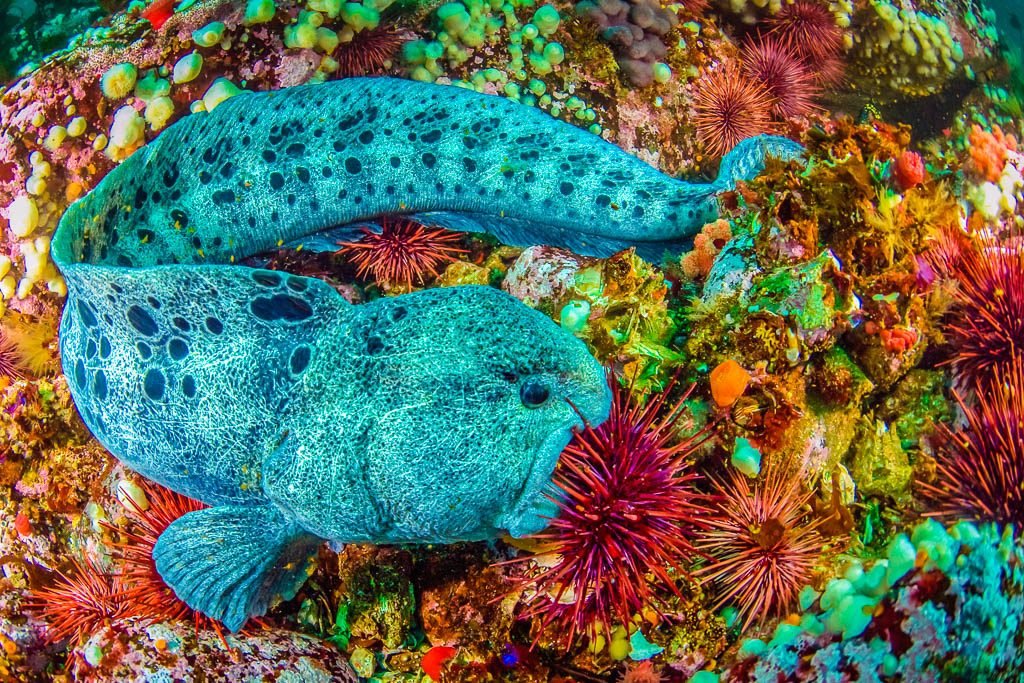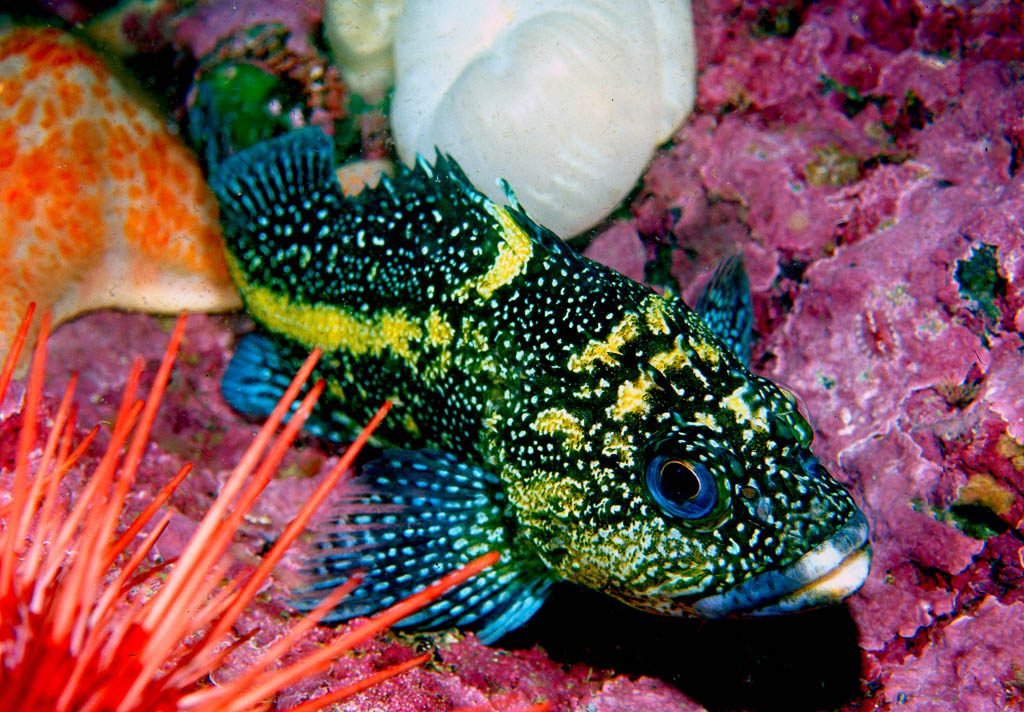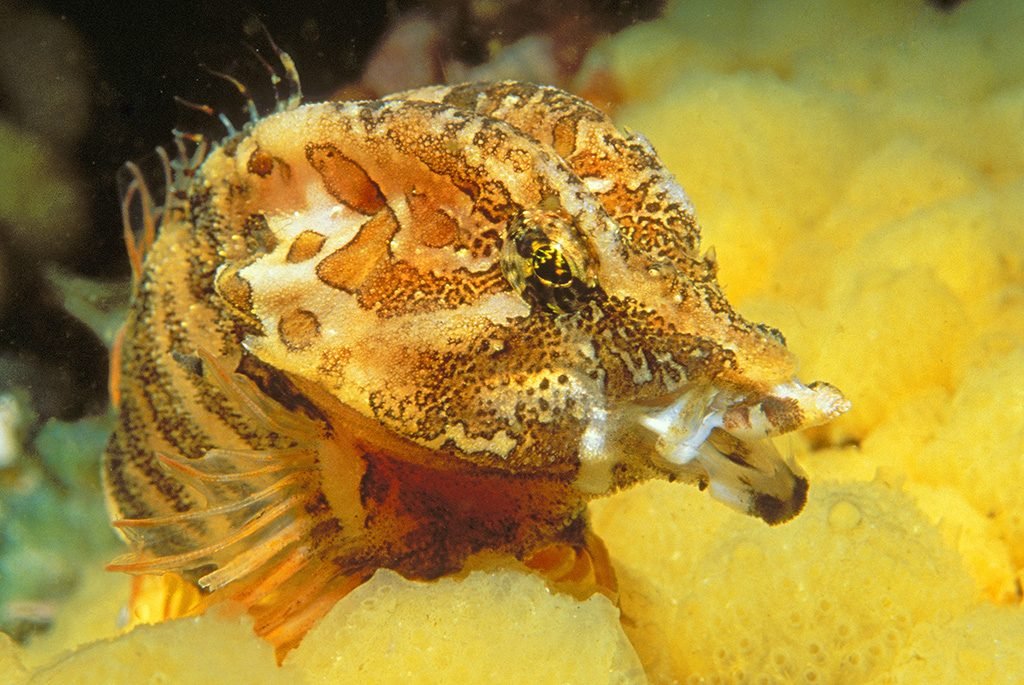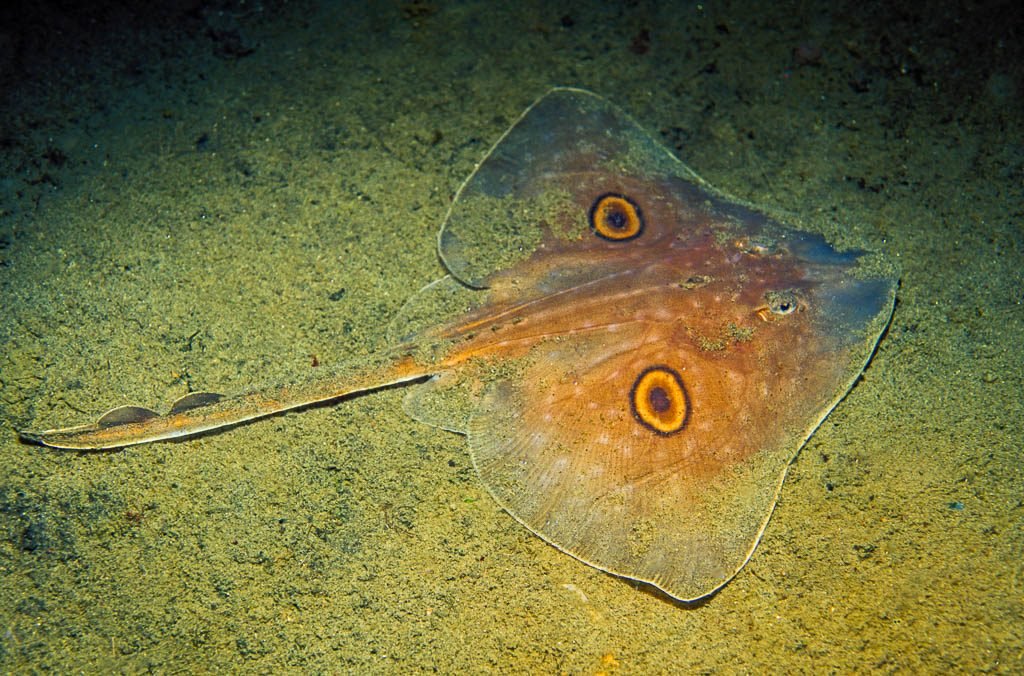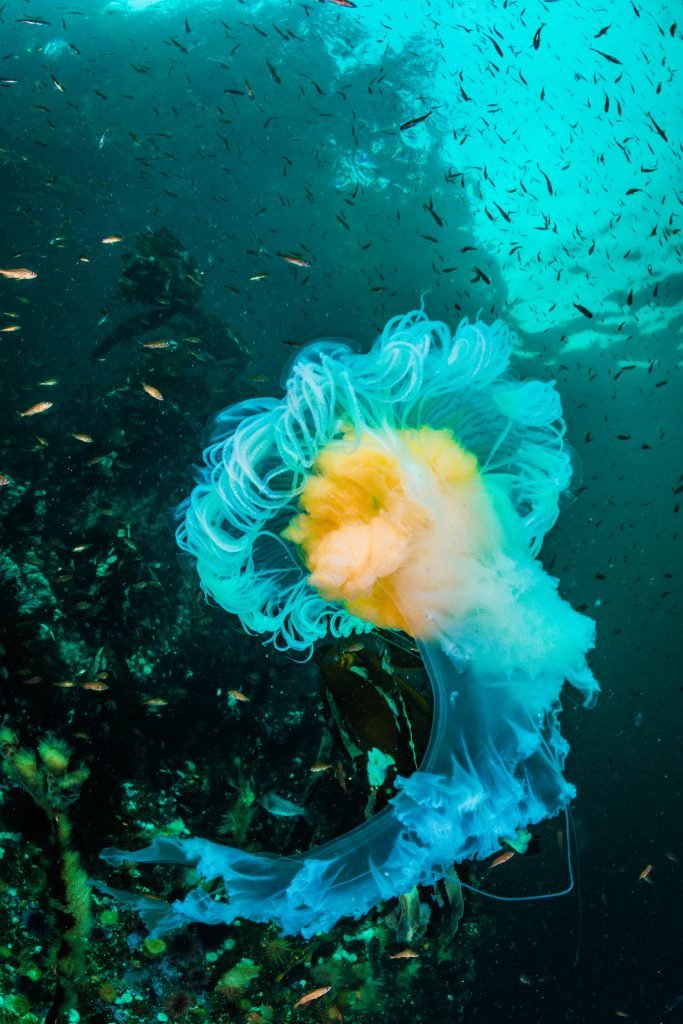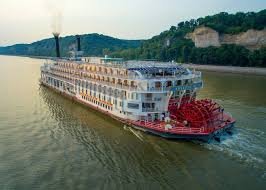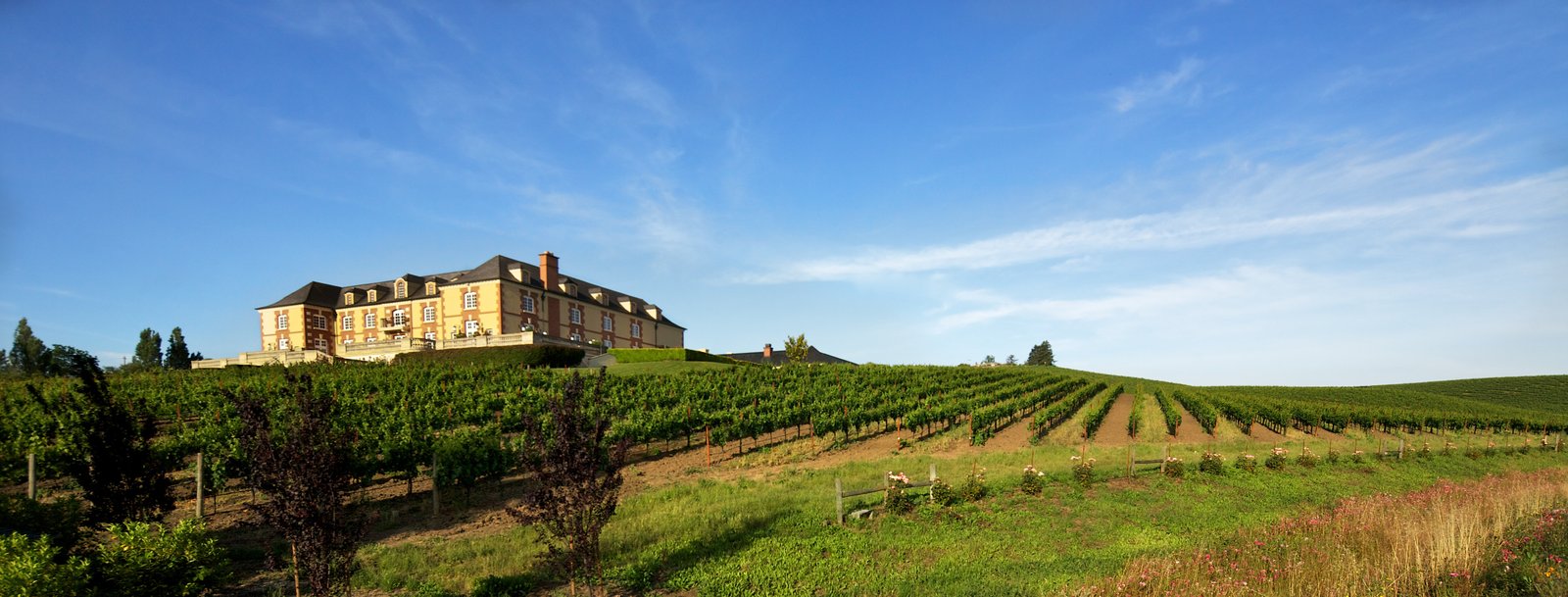
Raptures of the Deep: Beneath British Columbia’s Emerald Sea
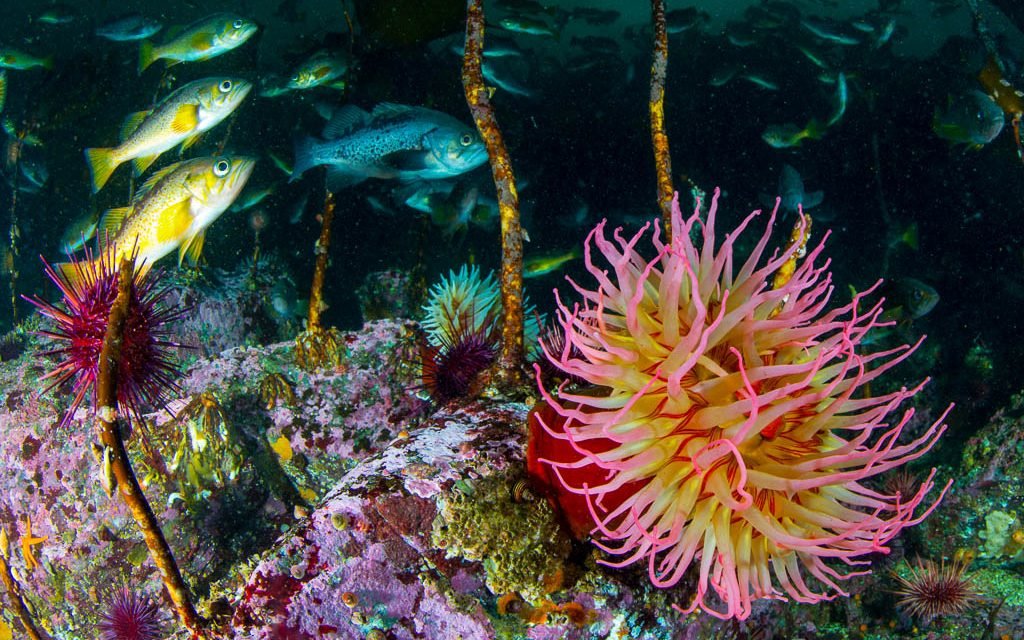
In his best-selling book, “The Silent World”, Captain Jacques-Yves Cousteau waxed poetically about his intrepid 50-fathom dives into the zone of rapture, that precarious depth where… “divers become like drunken gods”. Cousteau was recounting his early experiences deep diving under the mind-numbing effects of nitrogen narcosis. He described these intoxicating seizures as “l’ivresse des grandes profundeurs” which when translated means “rapture or intoxication, of the great depths”. “Raptures of the Deep” is an evocative phrase that accurately describes the dizzying underwater grandeur beneath British Columbia’s Emerald Sea.
Splendor In The Pass
Queen Charlotte Strait lies between the “top end” of Vancouver Island and British Columbia’s mainland. It is an immense waterway with narrow, constricted passages, fjord-like inlets, large islands and a tangled maze of scrawnier weather-beaten islets. Seasonal upwellings combined with extreme tidal water movement produces an enriched planktonic soup that supports a lush profusion of exotic marine life and more than 400 species of marine fish. These waters also support a healthy population of marine mammals and are deemed to be one of the best places on earth to observe seals, sea lions, dolphins, porpoise, Minke whales, grey whales, humpback whales and a resident pod of more than 100 killer whales.
Tapestries of Color
Underwater the subsea terrain is strewn with living tapestries of color and diverse and unusual species of marine life. Pink and orange brooding anemones grow in such profusion they practically conceal the amber holdfasts of the giant bull kelp plants. Fist-sized orange peel nudibranchs could be seen foraging amid the giant barnacles and patches of soft coral. Mosshead warbonnets were plentiful and easy to photograph. Also obliterating the rocky substrate are lacy basketstars, nuggets of canary-yellow sulfur sponge, purple ring-top snails, and several different species of sculpin, shrimp and crabs. Purple-ringed top snails are often found in close proximity the kelp habitats.
Kaleidoscopic Reefs
The kaleidoscopic reef-top quickly becomes a sheer drop-off plunging to depths well beyond 100 feet (30 metres). Thickly encrusted with invertebrate life forms, the vertical wall is overgrown with a living rainbow of pink soft corals, clumps of feather duster tubeworms, billowy white plumose anemones and colonial ascidians. Florid bouquets of yellow finger sponge mantle the drop-off like candelabras. The precipice eventually slopes out into a seascape of huge boulders and broad ravines festooned with orange and white deep water gorgonian corals. Sparsely distributed in local waters, these fragile gorgonians are thus far known to occur within diving depths at only three places along British Columbia’s 15,985 miles (25,725 kilometres) of rugged coastline.
Sea Lions, Whales And Dolphins, Oh My!
We routinely book our dive charters with Browning Pass HideAway Resort, an all-inclusive dive operation on Nigei Island. The resort is owned and operated by John de Boeck, an easygoing host who’s been leading dive charters in British Columbia since 1980. Arguably one of province’s most knowledgeable dive charter captains, John knows this sector of the Pacific Ocean better than anyone, and his contribution towards introducing British Columbia to the world’s diving stage is immeasurable. The daily diving routine involves three to four dives scheduled to capitalize on the most optimal current, tide and weather conditions. Flexibility is key, with the dives subject to change whenever killer whales, dolphins or humpback whales are in the vicinity.
Aquatic Ballerina
Soaring in from out of nowhere, a massive Steller sea lion burst on the scene. She was a magnificently large specimen that I estimate would tip the scales at about 750 pounds (340 kilograms). Twisting and pirouetting, the playful pinniped made several close passes before departing as suddenly as it had appeared.
Browning Passage
Browning Passage, a remote current-swept channel situated off Nigei Island, is one of Queen Charlotte Strait’s diving jewels. There are numerous dive sites in this channel that feature rocky ledges embroidered with colonies of pastel-pink soft corals and bloated clumps of encrusting sulfur sponges. Each site offers something a little different in the way of diverse subsea terrain and exotic marine life.
Browning Wall
Browning Wall is a dive site that covers a distance of approximately 900 feet (275 metres). The wall’s shear rock face starts about 100 feet (30 metres) above the water line and plunges steeply to a boulder and rubble strewn sea floor that bottoms out at about 130 feet (40 metres). The drop off is pockmarked with undercuts and crevices that are jam-packed with a living tapestry of multi-colored sea anemones, spiny red sea urchins, feathery hydroids, lacy basket stars, deep purple hydrocorals and prehistoric-looking decorator crabs and gigantic sea stars. Seemingly as unstoppable as a tank, football-sized Puget Sound king crab brandish their powerful mottled-orange pincers as they trample across the reef.
Decorated Warbonnets
Finding a decorated warbonnet out in the open is a photo op requiring fish-whispering patience. Aptly named for the conspicuous cirri crown atop their head which was thought to be reminiscent of eagle feathers in war bonnets worn by indigenous chiefs of the American great plains, This fish is usually encountered with their long eel-like bodies wedged into small rocky crevices leaving just their head poking out so they can dine on wandering shrimp who swim by. When they perceive danger, warbonnets quickly bolt and vanish within the blink of an eye.
Sheltering Tentacles
Probe beneath the sheltering tentacles of the crimson anemone and you’ll likely see some neon-veined candy-striped shrimp munching on the pink soft coral’s delicate polyps. These translucent colored shrimp escape being devoured by its voracious anemone host by coating themselves with mucus from the anemone’s body. Countless numbers of sea stars, some as big as car tyres, litter the rocky substrate. Pink brooding anemones attach themselves to stalks of kelp. Also the diversity and abundance of bizarre-looking nudibranchs, or sea slugs, is simply stunning.
Piscine Wonders
Yet none of these piscine wonders can hold a candle to partaking in an aquatic waltz with a six foot (2 metre) long wolf eel. With faces resembling that of grumpy old men, wolf eels are the largest of the eel-type fishes on the West Coast. These ferocious- looking predators crush sea urchins, spines and all, with their powerful well- developed canine teeth. Surprisingly, they seldom, if ever, display aggression toward divers and actually seem to derive some form of pleasure from brief periods of human interaction.
Cryptic Camouflage
Schools of widow rockfish fill the water column adjacent to the wall, while friendly kelp greenlings and the beautifully speckled China rockfish perch on sponge outcroppings, lying in wait for some tender morsel to drift their way. Occasionally, large jellyfish materialize and drift aimlessly with their long stinging tentacles trailing behind. The fish with kaleidoscope eyes, the red Irish lord sculpin, blends effortlessly into the background with its cryptic camouflage.
A Fish That Grunts
Another strikingly colored sculpin measuring just four inches (9 centimetres) in length, grunt sculpins have a peculiar long snout, stout body and long pectoral fins. They also make a wheezing-grunting sound when removed from the water, hence, their name. These sculpins rarely swim, preferring to move in an awkward twitchy hopping fashion over undersea terrain on the tips of their finger-like pectoral fins.
Muck Diving British Columbia Style
Many years before far-flung tropical diving destinations coined the phrase “Muck Diving”, we were doing just that while night diving over sandy seafloors in protected shallow bays that are often used as anchorages. Among the nocturnal reef critters were rat fish, sailfin sculpins, sturgeon poachers, giant nudibranchs and broken back shrimp. During one particular night dive I came across this juvenile long-nose skate. With a wingspan of no more than eight inches (20 centimetres) across, the skate was a perfect subject for my Nikon 60mm macro lens.
Best Temperate Diving In The Known Universe!
Back in the mid 80’s John de Boeck proclaimed British Columbia’s Emerald Sea as having the “best temperate diving in the known universe!” Even Captain Jacques-Yves Cousteau himself once said this west coast province has “the best temperate water diving in the world, and second only to the Red Sea.” Indeed, ocean temperatures may be cooler than those felt in the Red Sea’s warmer climes, but British Columbia’s raptures of the deep are no less tropical. In this cold ocean frontier “divers become like drunken gods” when exploring the dizzying underwater grandeur beneath British Columbia’s Emerald Sea.
Until our next dispatch, dare to Explore… Dream… Discover.
If You Go
Getting there: Port Hardy is located approximately four hours north of Nanaimo by car on the east coast of Vancouver Island. For ferry schedules from Vancouver to Nanaimo visit www.bcferries.bc.ca.
When to go: Port Hardy’s dive season routinely runs from April – November. Check with the dive charter operator to determine if they are running trips at other times of the year. Sport divers should wear a ¼ inch (7mm) wetsuit, or preferably a dry suit.
Where to stay & dive: Browning Pass HideAway Resort, is located in idyllic Clam Cove, a secluded inlet on the east side of Nigei Island, only a short skiff ride to Queen Charlotte Strait’s dive sites. HideAway is a rustic floating cedar-shake lodge decorated with weathered pieces of driftwood, flotsam and jetsam and Japanese glass fishing floats. www.VancouverIslandDive.com






